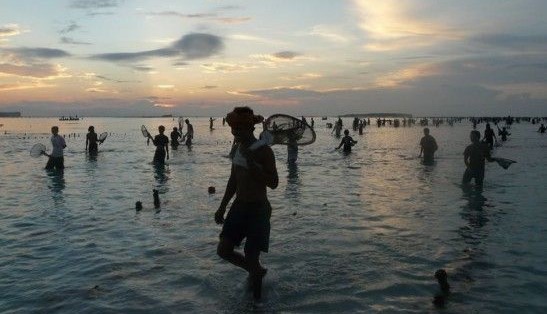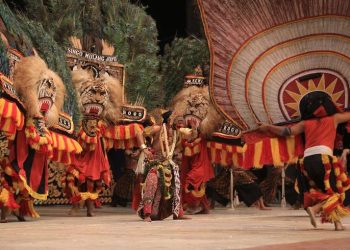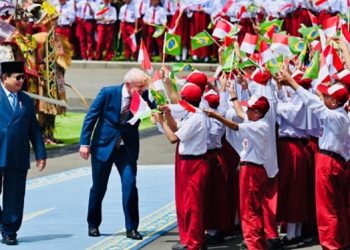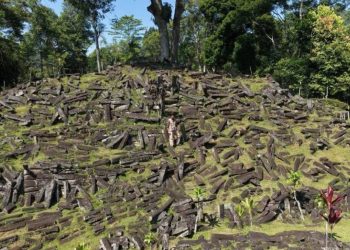Lombok, Indonesia Sentinel — Thousands of people flocked to the shores to participate in the Bau Nyale traditions, a centuries-old ritual of catching sea worms. Equipped with nets, flashlights, and containers, people descended on the beaches of Central Lombok, West Nusa Tenggara (NTB) on Sunday (February 16), as early as 4:00 a.m. to join the festivities.
Bau Nyale, which translates to “catching Nyale,” is an annual tradition observed by the people of Lombok. Nyale refers to a type of marine worm that emerges only once a year at select locations along the southern coast of Lombok Island.
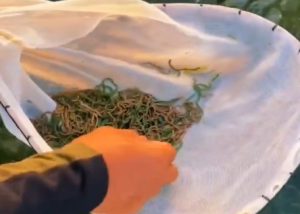
The event is deeply rooted in the Sasak calendar, occurring on the 20th day of the 10th month. This event is also coinciding with the rise of the “Rowot” star, which is linked to the agricultural cycle. Locals believe these sea worms bring prosperity to those who respect them and misfortune to those who do not.
Bau Nyale 2025
The government has scheduled the peak of the Bau Nyale festival for February 18-19, 2025. The main event will take place at Seger Beach in Kuta Village, Pujut District.
The Central Lombok Regency administration has also coordinated with Injourney Tourism Development Corporation (ITDC), the area’s managing entity, to ensure the event runs smoothly.
The Legend of Princess Mandalika
The Bau Nyale tradition is intertwined with the legend of Princess Mandalika, a tale of beauty, sacrifice, and devotion. According to the book 70 Unique Traditions of Indonesia’s Ethnic Groups (2019) by Fitri Haryani Nasution, Princess Mandalika was the daughter of a wise and just king who ruled the Seger Kingdom.
As she grew older, her extraordinary beauty attracted many princes from various kingdoms who sought her hand in marriage. However, she unwilling to choose one suitor over another and fearing that the decision would spark war. She found in a painful dilemma, as two persistent princes threatened to destroy the kingdom if she refused their proposals.
Read Also:
Merarik: Sasak Tribe’s Bride Kidnapping Traditions in Indonesia
Torn by the weight of her decision, Princess Mandalika sought divine guidance. After receiving a vision in her dreams, she made a fateful choice. Standing before her family and the gathered princes, she proclaimed:
“My beloved parents, princes, and the people of Tonjang Beru, today I offer myself to all of you. I cannot choose just one suitor, for fate has destined me to belong to everyone. I shall become Nyale, so that each of you may share in my presence every year when I return to the sea.”
With these words, she leaped into the ocean on the 20th day of the 10th month in the Sasak calendar. Moments later, the water was filled with tiny marine creatures, which the people believed to be her reincarnation. Ever since, locals have gathered annually to catch the Nyale in her honor.
Cultural Significance
The Bau Nyale tradition is more than just a festival; it carries deepcultural significance. The abundance of Nyale is seen as an omen for a successful harvest. Farmers scatter the remains of the Nyale wrappings over their fields, believing it will bring them a bountiful rice yield.
To this day, the legend of Princess Mandalika remains a cherished part of Sasak culture with Bau nyale traditions as a commemorations. Her story continues to be retold, reinforcing the enduring values of sacrifice, unity, and respect for nature that define this unique tradition.
(Raidi/Agung)


